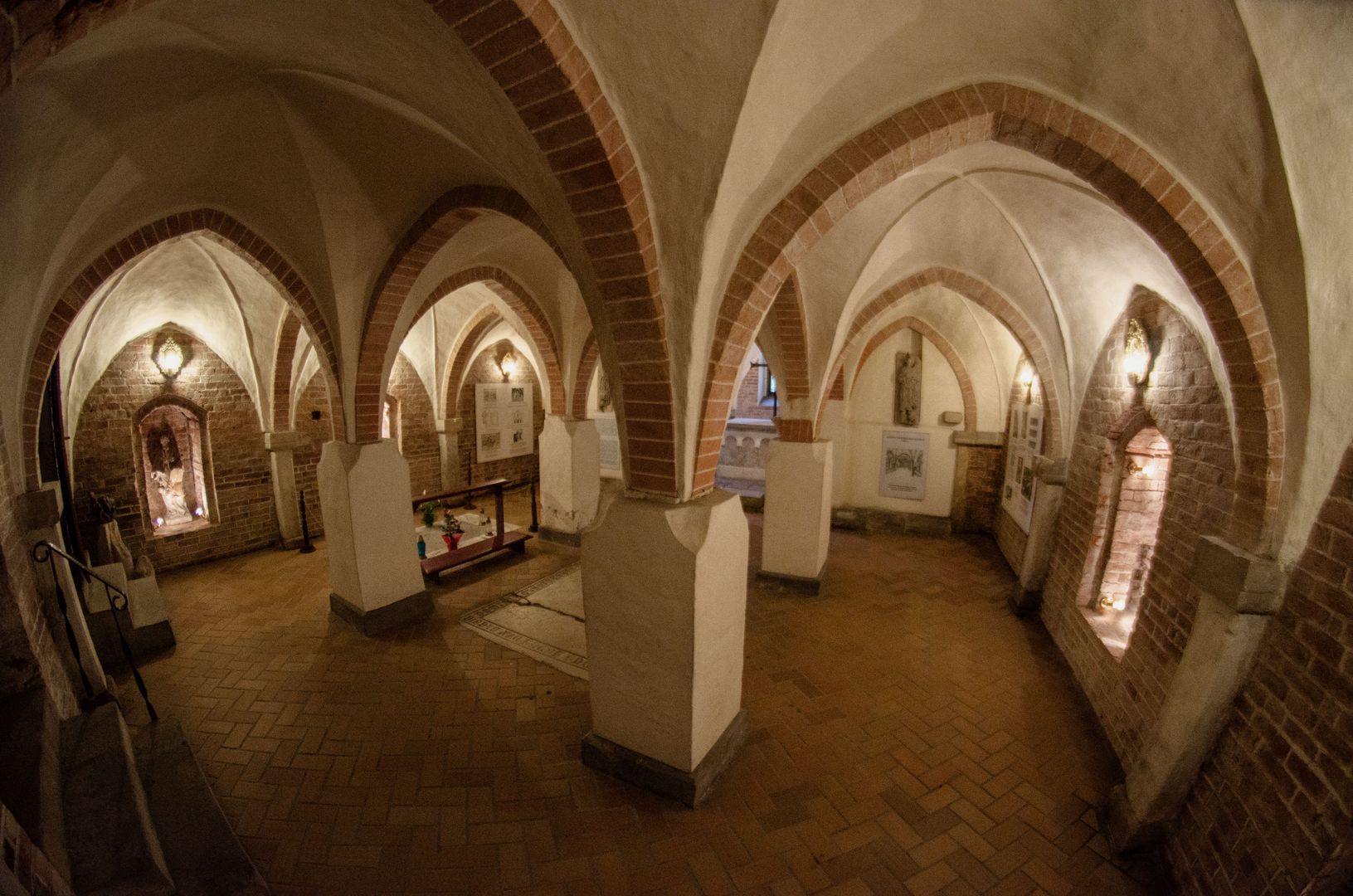Basilica and Sanctuary of St. Hedwig in Trzebnica
6.69

Overview
The monastery in Trzebnica, founded in 1202 by Duke Henry the Bearded under the inspiration of his wife Hedwig, was the first seat of a female Cistercian order in Poland, brought from Bamberg. The papal bull of Innocent III from 1202 placed the monastery under special protection. In its earliest period, one of the first brick churches in Poland was built in the Romanesque style, along with the Chapel of St. Hedwig, which, as the first Gothic building in Poland, gained immense architectural significance. The monastery became the mausoleum of the Silesian Piasts, with the tombs of 22 members of the dynasty, including St. Hedwig. The monastery's history was marked by serious difficulties, including Hussite invasions and war-related destruction, such as numerous fires, which led to its decline in the 15th and 16th centuries. After the Thirty Years' War and the Battle of Vienna, the monastery underwent renovation and was baroquized, with an emphasis on showcasing the tombs and altars. Notable are the sculptural and painting works, including those by Marcin Bielawski and Silesian Baroque artists. In the 18th century, Silesia experienced administrative changes that led to the secularization of the monastery in 1810. A significant portion of the monastery's assets were sold, and it became a prisoner-of-war camp. After World War II, during the communist era in Poland, the monastery changed its purpose, and the Sisters of Mercy of St. Borromeo took care of the sick. In recent years, efforts have been made to preserve the heritage of St. Hedwig through various initiatives, including the opening of a Preventive and Educational Center and a Social Support Center. In 2017, the sanctuary was honored with the Silesian Award named after Juliusz Ligoń. The monastery in Trzebnica is not only an important place of worship but also a symbol of the historical and cultural legacy of the region, attracting pilgrims and tourists with its rich history and architecture.
Location
2025 Wizytor | All Rights Reserved